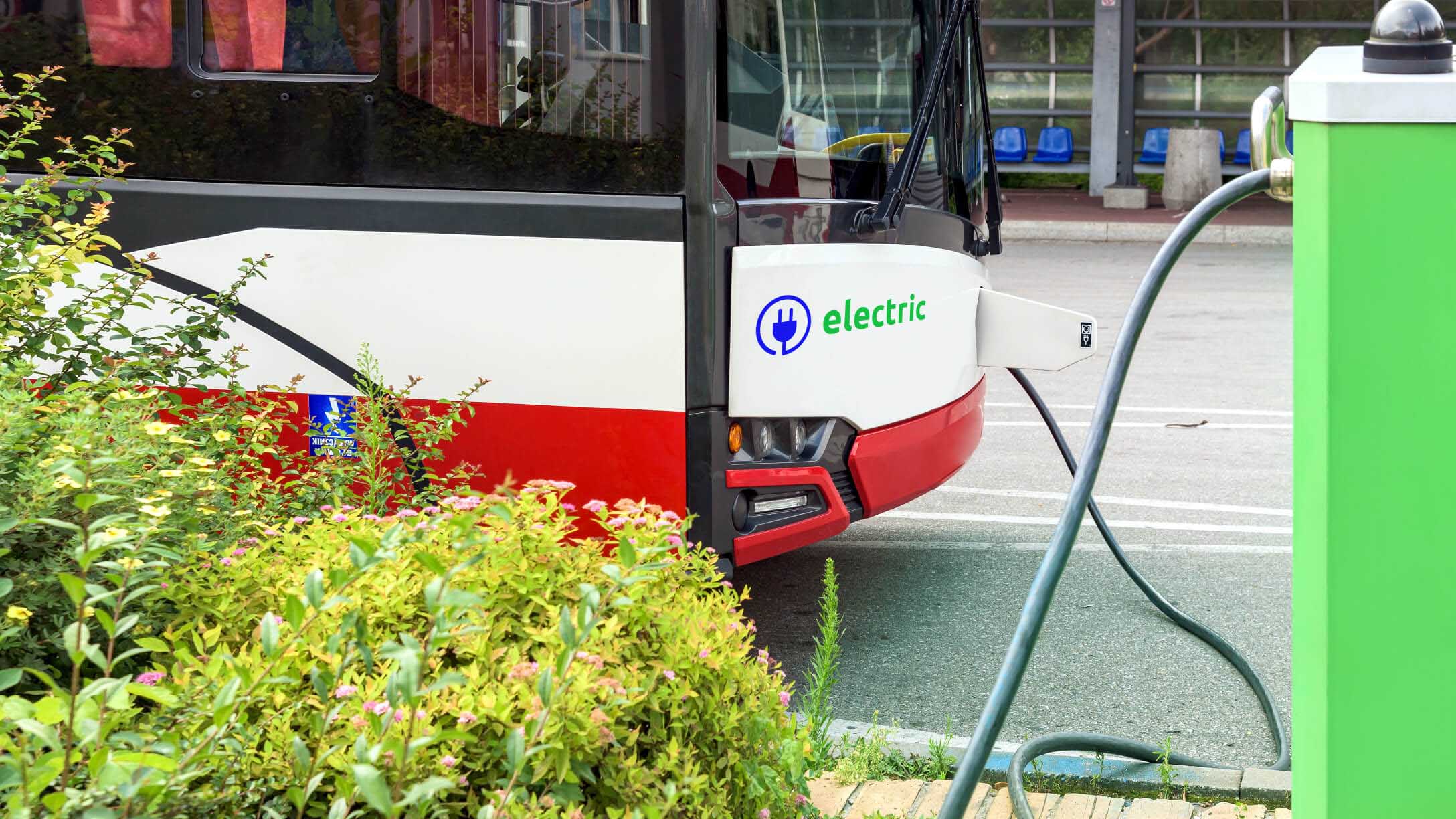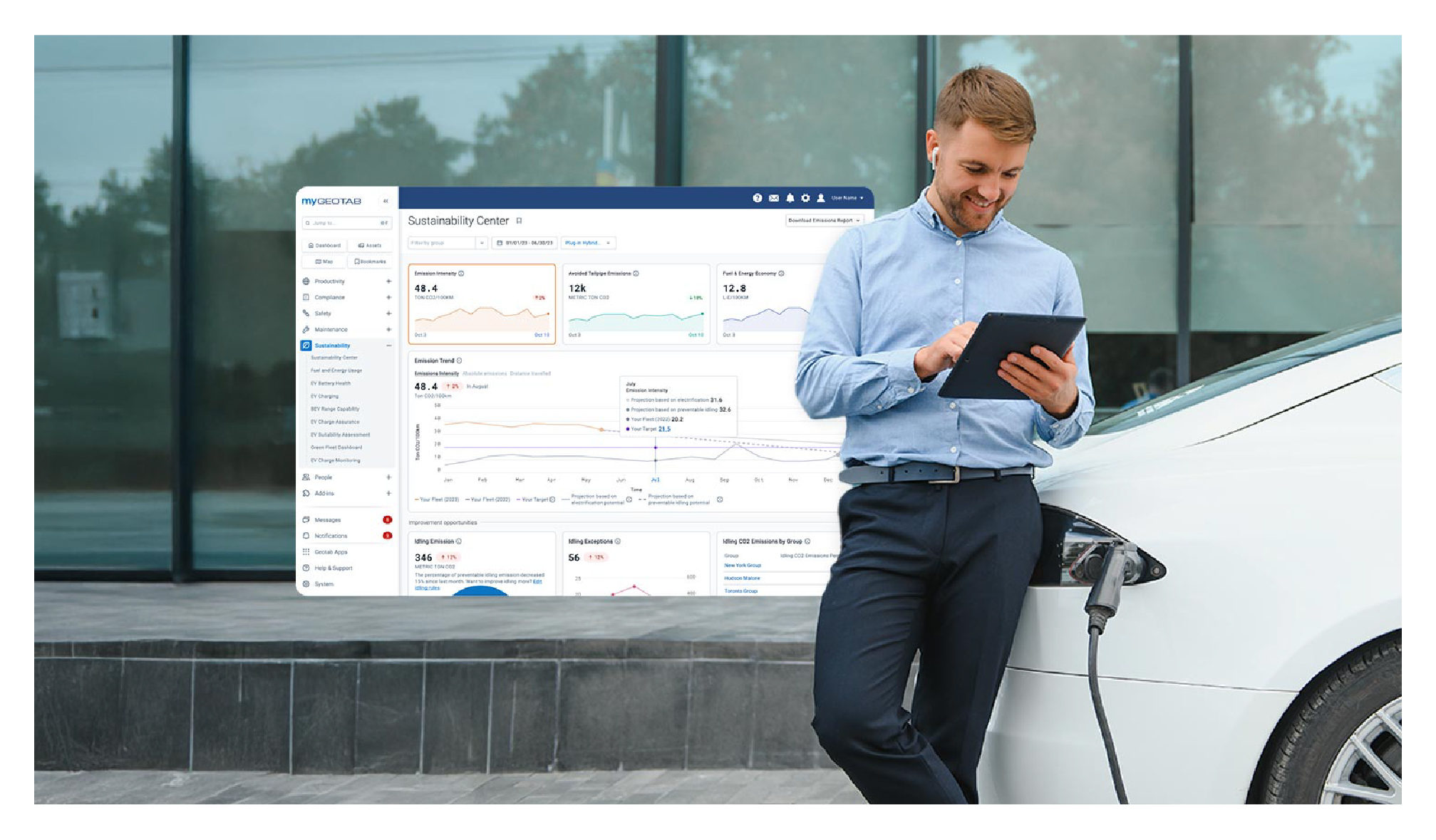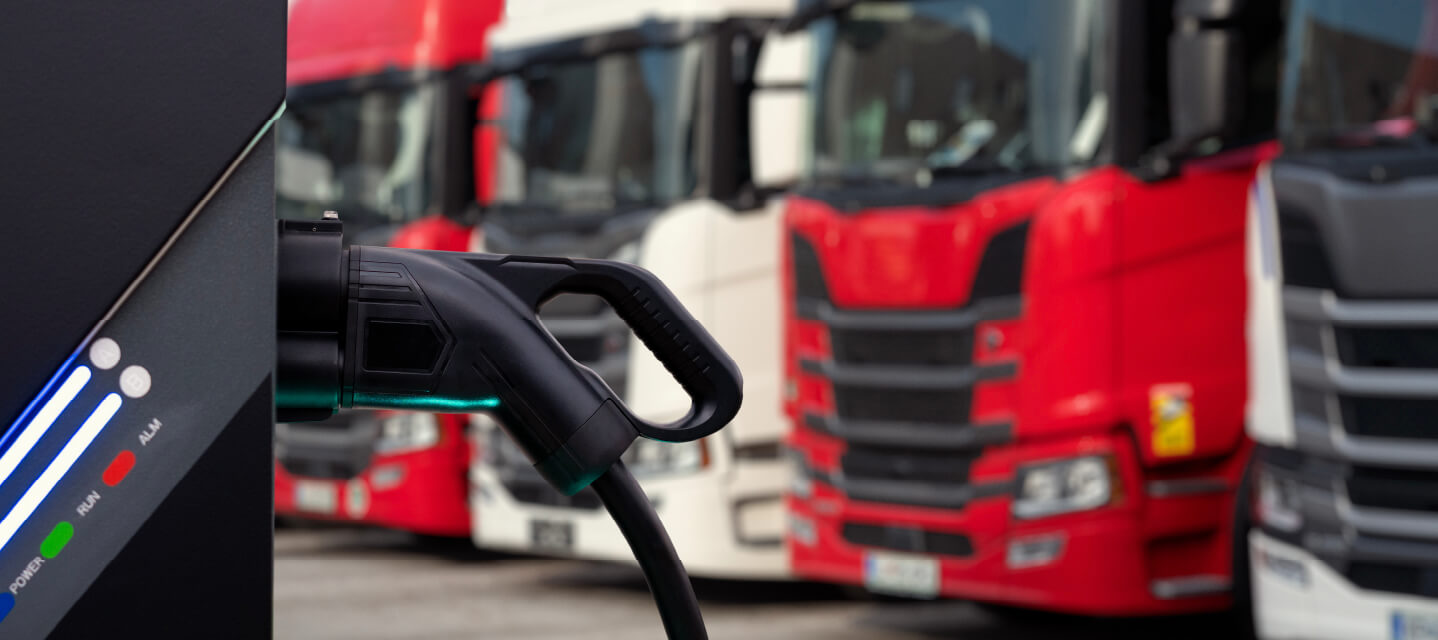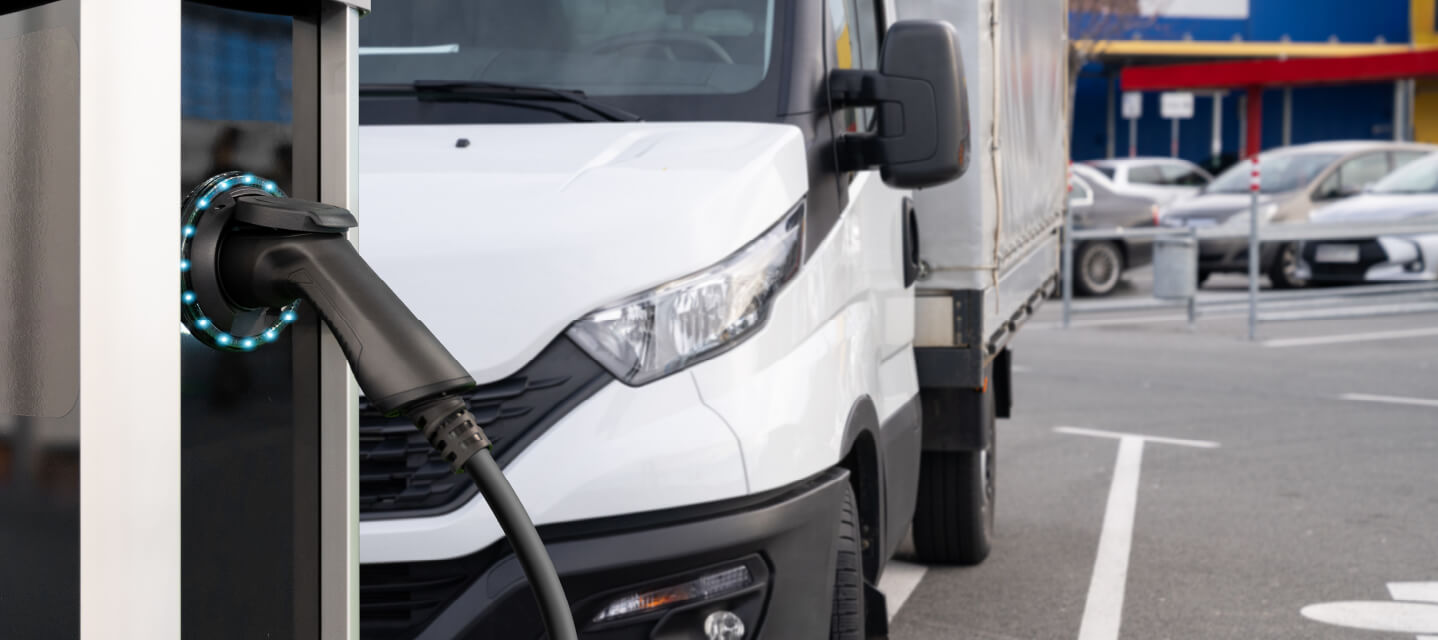Electric buses: More than just a stop on the road to electrification
A look into the case for bus electrification.

Transitioning your bus fleet to electric vehicles
While the path for fleet electrification has many twists and turns there is one category of vehicles that has a more straightforward route: electric buses (eBus). Buses are ideally suited for electrification as they have established routes, travel within a smaller geographic area and are physically large, so they can carry larger battery packs.
There are currently over 2,100 battery electric buses registered in North America and Bloomberg NEF predicts that electric buses will represent 67% of the global market by 2040.
For a list of available models download our white paper: Making the case for bus electrification
Transit buses are ideal for electrification
The majority of eBuses on the road right now are transit buses and it is no surprise why. Apart from Class 8 trucks, these buses are the most intensively utilized vehicles by major vehicle category. Their high usage maximizes the benefits of going electric, while their predictable behavior makes them easier to plan for.
A significant barrier for any EV is the larger upfront cost when compared to their gas or diesel counterparts. Since transit buses have such a high utilization rate they benefit more from reduced fuel costs, driving down their total cost of ownership. The U.S. Public Interest Research Group (PIRG) determined that the annual operating cost of an eBus is less than half of a diesel model and that an electric transit bus would be $81,000 cheaper over its 12-year lifespan.
Another reason why electric transit buses are well suited for electrification is that their duty-cycles make the transition easier. Buses have regular routes and rarely stray from their established pattern. This means they can make strategically timed stops to charge at a station on route or simply return to a depot and charge overnight.
Electrifying the big yellow bus
Electric school buses are not as widely adopted as transit buses yet, but they are seen as a crucial step towards a healthier and sustainable future. The upfront cost of an electric school bus is not offset as quickly, due to their limited use. Since they are only primarily driven during short periods before and after the school day, and are unused during holidays, it takes longer for the fuel savings to offset the TCO.
However, this behavior also provides them with a unique opportunity as the technology continues to evolve. Electric utility companies are looking at these types of buses as an alternative energy source that they could access during periods of high demand.
Through the use of Vehicle to Grid (V2G) technology, an electric vehicle can be seen as an external battery. If there was a need to generate more electricity a utility company could access this energy directly from the vehicle, instead of having to fire up “peaker plants,” which are typically powered by coal or natural gas. They would then refill the vehicle’s battery afterwards and provide a financial incentive for the energy they borrowed from the vehicle. This is a win-win scenario as the utility company gets the energy they require in an eco-friendly manner and the fleet owner will profit from the vehicle which is not being used. School buses are a perfect fit for these types of programs since they have such a short period of use throughout the day.
There are a number of pilot programs testing these capabilities, such as the one being conducted by Dominion Energy in Virginia. By early 2021, they will have replaced and deployed 50 school buses and in their first year of operation will have prevented almost 3 million pounds of carbon emissions, the equivalent of the annual emissions from roughly 300 passenger vehicles. These buses will use V2G technology to provide energy during periods of high demand and can also be used as a source of power during emergencies such as a blackout.
Breathe easier with eBuses
Vehicle emissions not only directly impact climate change, they also contribute to a reduction in public health, due to the air pollution they cause.These impacts are most noticeable in urban areas with a higher population density, where buses are primarily used.
Asthma, cancer and heart disease have all been linked to poor air quality and studies have shown that children are particularly vulnerable to exhaust pollutants. By moving away from diesel buses, to electric models, we can reduce the amount of carbon monoxide (CO), nitrogen oxides (NOx), and particulate matter (PM) in the air we breathe.
Available funding and financing options
With the increased efforts to transition away from fossil fuels there are numerous programs to help fund electric buses. In the United States, transit fleet operators can receive financial support at the national level through the VW Settlement and the FTA’s Low or No Emission (Low-No) Program. There are also many state-side opportunities like California Low Carbon Fuel Standard (LCFS) Program.
Last year, public and private fleet owners from across 43 states were awarded over $11.5 million to replace old diesel school buses through the EPA’s School Bus Rebate Program. The new Build Back Better plan will also be supporting electrification by promoting the use of American-made eBuses and proposes to convert all school buses within five years.
Mapping out the route for bus electrification
With multiple available models, electric buses have a strong foothold in the North American market. In order to incorporate these vehicles into existing fleets further planning will be required. An in depth analysis of routes, vehicle capabilities and environmental conditions will be essential to ensure electric buses are the right fit.
Learn more about the benefits of electric buses and read about other successful eBus pilot programs in our white paper: “Making the case for bus electrification.”
See Also: Bus and passenger fleet management solutions
See Also: The impact of heay-duty electric vehicles entering the market
Subscribe to get industry tips and insights
The Geotab Team write about company news.
Table of Contents
Subscribe to get industry tips and insights
Related posts
.jpg)

Geotab’s new fleet Sustainability Center simplifies fuel and emissions reduction
March 3, 2025
3 minute read

How long do electric car batteries last? What analyzing 10,000 EVs tells us…
January 20, 2025
9 minute read

What is fleet electrification? (+ How to build a sustainable strategy)
January 13, 2025
4 minute read

How cold weather affects EV performance: 6 tips for EV winter driving
November 11, 2024
1 minute read
